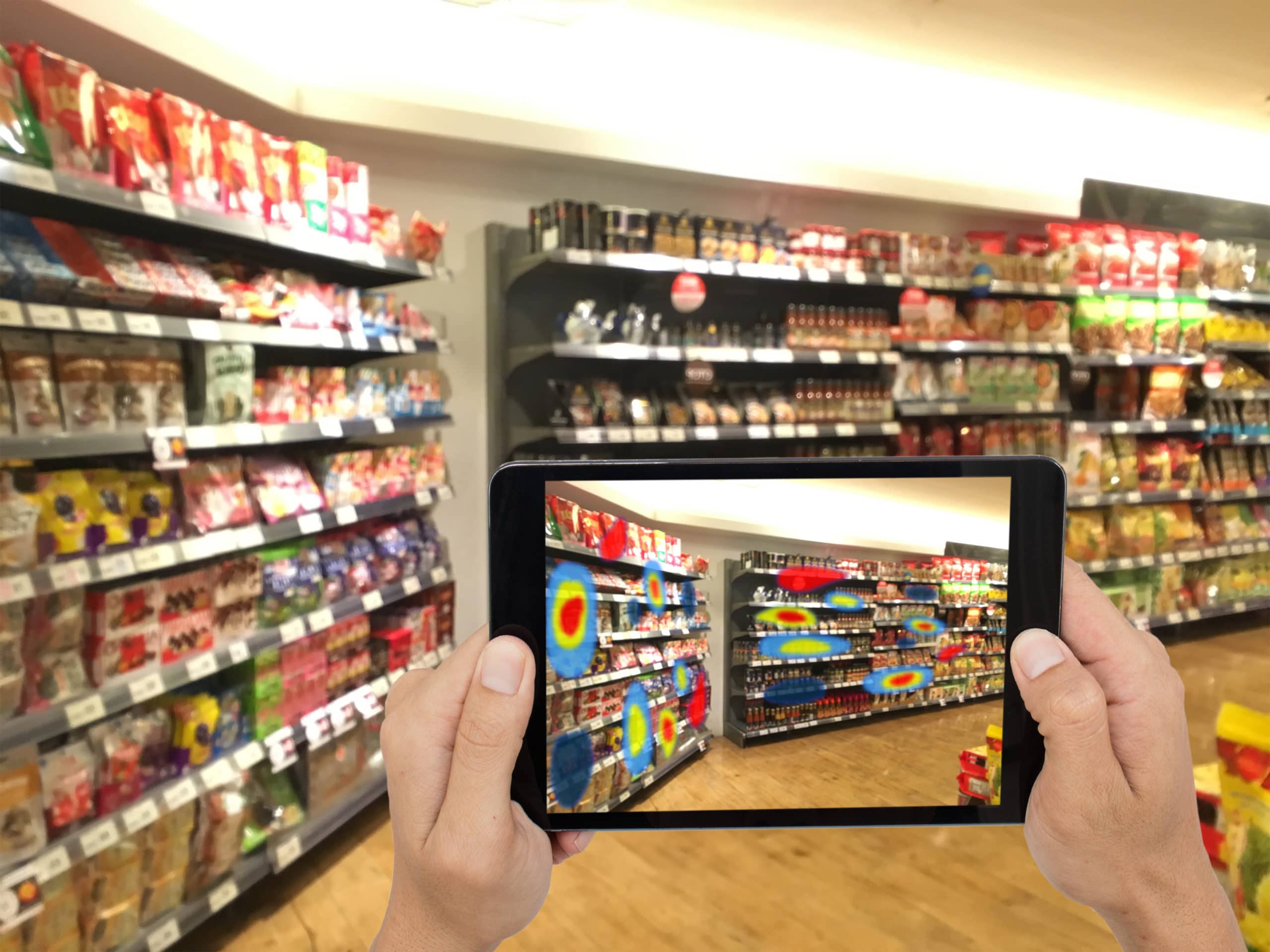Out-of-this-world augmented reality marketing campaigns your brand should emulate
Augmented reality marketing campaigns have been slower than expected to take off, and much of this has been due to the lack of AR-compatible mobile platforms. While many brands have pioneered efforts to bring augmented reality to the masses via smartphones, not all smartphones can support these experiences. However, consumers are increasingly gaining access, which could drive much higher demand for augmented reality content. Brands currently working on augmented reality programs as part of their mobile advertising campaigns will be best prepared to leverage the need for AR content in the future.
About one-quarter of Americans admit they are online almost constantly and mobile Internet access is a significant driver of this. Using standout advertising to reach these mobile devices will improve a brand’s visibility and thereby its brand awareness and affinity. Below, we explore examples of augmented reality marketing campaigns that leveraged mobile to make a massive impact on consumers. Through this, we can adapt the lessons learned from these brands to improve advertising ROI on future mobile marketing campaigns.
Experiential Marketing via Innovative Apps
In 2011, only 35% of consumers had a smartphone. Today, that number sits at 77%. Those who own smartphones are significant as they are the user base who will have access to experiential marketing. Experiential marketing is about using technology to make the customer part of the branded experience. Some common forms of experiential marketing include:
- Augmented reality: The ability to merge the physical and the digital world is one of the newest innovations in marketing, and consumers are just starting to gain interest in these types of campaigns. Many augmented reality campaigns are designed to attract consumer interaction, which is what makes them such a large part of experiential marketing.
- Live platforms: An increasing number of social media sites are offering the ability to “go live” via an on-site video feed. These are effective to get consumers to interact with the brand concerning a specific event, making it ideal for product launches.
- Location-based exchanges: When a brand can connect with a consumer when that consumer is in the vicinity of their product, the potential for a sale increases significantly. Proximity marketing and location-based apps can be used to create an experience for the consumer in the store. For example, the Shopkick app offers a digital scavenger hunt that encourages consumers to seek out products in-store and scan them to receive kicks (aka rewards points). These fun moments engage the consumers with the product in the store, making that brand more memorable and potentially increasing sales.
 All three of these examples tie the consumers to the brand through real-world experience. Rather than seeing an advertisement in passing, consumers can interact with the brand in the shopping aisle, where the potential for sales is higher. Even without a sale, the brand can still create a connection through that interaction.
All three of these examples tie the consumers to the brand through real-world experience. Rather than seeing an advertisement in passing, consumers can interact with the brand in the shopping aisle, where the potential for sales is higher. Even without a sale, the brand can still create a connection through that interaction.
Three Augmented Reality Marketing Campaigns That Worked
Augmented reality is adaptable for many marketing campaigns from simple ads to full-scale events. Some companies have even chosen to leverage AR as a way to get consumers to completely reimagine their product. Here are just a few examples of productive experiential campaigns which leveraged AR.
- Make it an event: Pepsi Max was able to roll out a successful augmented reality marketing campaign in London, with videos of the event getting more than 3 million views in the first week. The brand used a London bus shelter as the launch point for an AR prank on unsuspecting passersby. The shelter window would display realistic effects like a prowling tiger or flying saucer. The unique campaign served to grow awareness of Pepsi Max, which let to a viral video on YouTube and ultimately expanded their digital reach.
- Offer onsite entertainment: One fast food company leveraged augmented reality to keep children entertained in its South Africa-based restaurant, which would keep parents at the location longer. The company rolled out a campaign that replaced children’s toys with augmented reality cards. The cards featured dinosaurs that, when scanned with a mobile app, would show the prehistoric creatures in the real world and allow the child to see 3D animated models. The campaign has helped to make the restaurant more interactive and immersive for young consumers while providing educational material designed to please parents.
- Deliver AR as a service: LEGO has developed an augmented reality app aiming to recreate how children play with LEGOs entirely. This forward-thinking app allows children to use a compatible mobile device to play with virtual LEGO sets. The app was one of the top ten downloaded AR apps for six months following its release, resulting in a large pool of users who embraced a new way to interact with the brand.
These are just a few examples of AR in action and, as technology becomes more accessible to consumers, we’re likely to see thousands of other innovative uses for this medium. Of course, one thing which will likely act as a barrier, for the time being, is the expense of building an augmented reality app in-house. Some brands choose to use third-party partnerships, in conjunction with their existing apps, to gain access to more innovative technology without the cost of in-house development.
Third-party app partnerships can be a way to boost a company’s existing app campaign by giving them access to features like AR, proximity marketing, and live events or a combination of any of those. As app developers specialize in app creation, it’s often simplest to leverage specific experiential marketing options via these partnerships while maintaining your own established proprietary apps.
Third-party app partnerships can be a way to boost a company’s existing app campaign by giving them access to features like AR, proximity marketing, and live events or a combination of any of those.
If augmented reality marketing campaigns aren’t part of your future brand marketing plans, they should be. While AR isn’t widely available yet, phones capable of supporting more data-intensive apps are being offered at lower price points, meaning many more people will soon have access to these apps. By planning an augmented reality marketing campaign now, possibly through a third party partnership, your brand will be best positioned to leverage this emerging trend.
Shopkick helps our partners create campaigns that engage consumers via an innovative shopping app. To add our app to your marketing mix, contact us.



